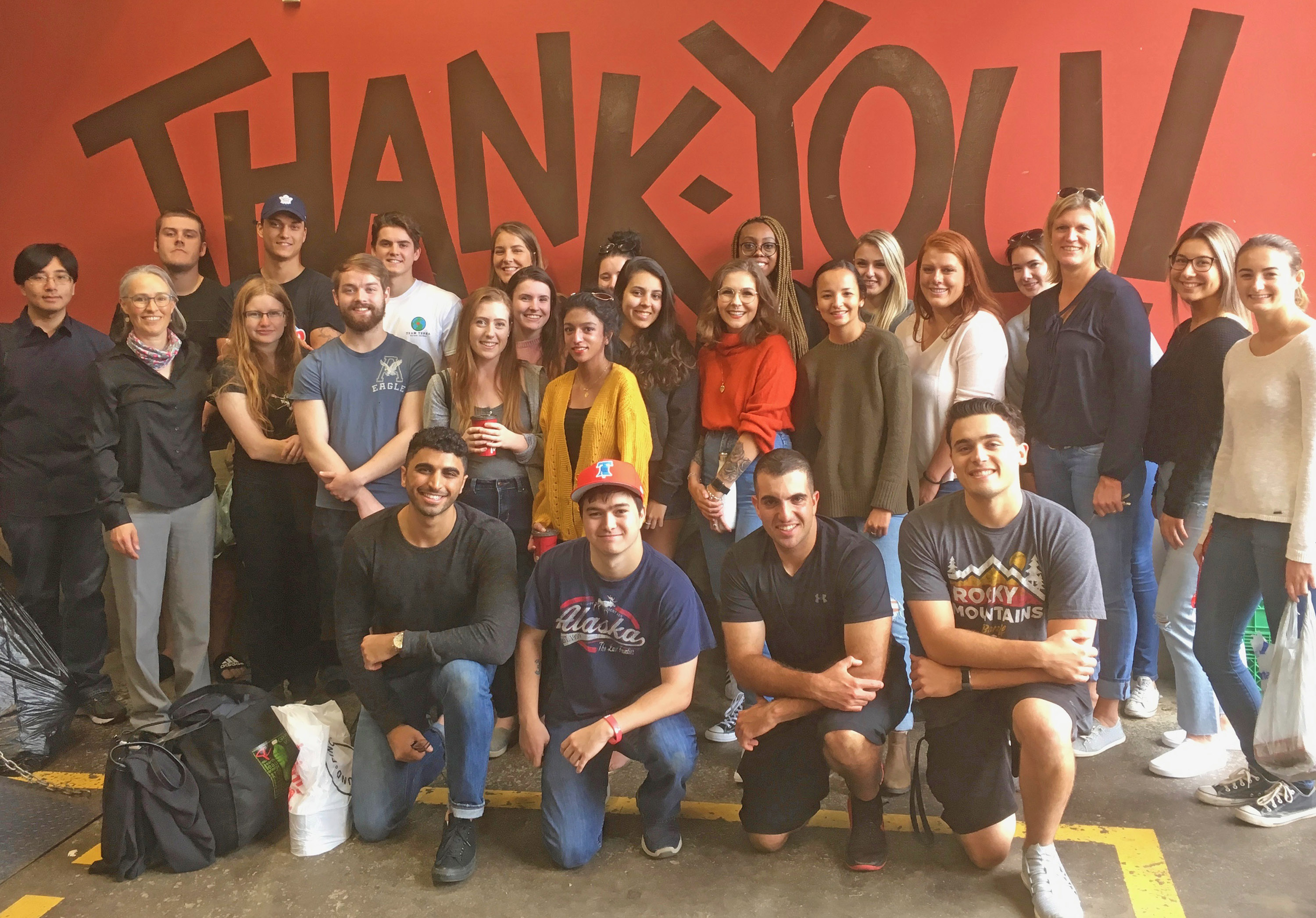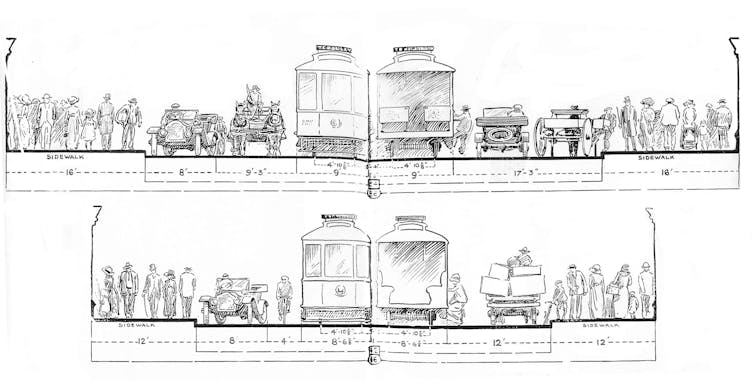The Department of Geography and Tourism Studies would like to thank Archdeacon and Haudenosaunee Elder, Valerie Kerr, who came in to facilitate a Blanket Exercise Workshop with our students in GEOG 1F90 (Intro to Human Geography class) on March 20, 2019.
The KAIROS Blanket Exercise program is a unique, participatory history lesson – developed in collaboration with Indigenous Elders, knowledge keepers and educators – that fosters truth, understanding, respect and reconciliation among Indigenous and non-indigenous peoples. Learn more at https://www.kairosblanketexercise.org/.













